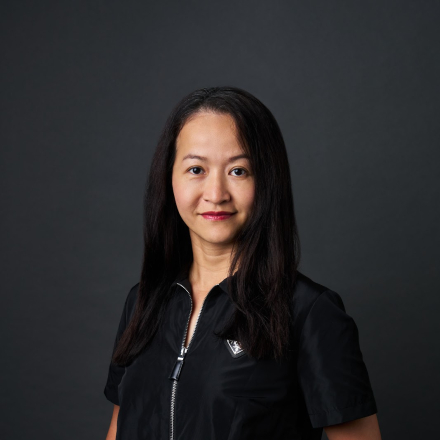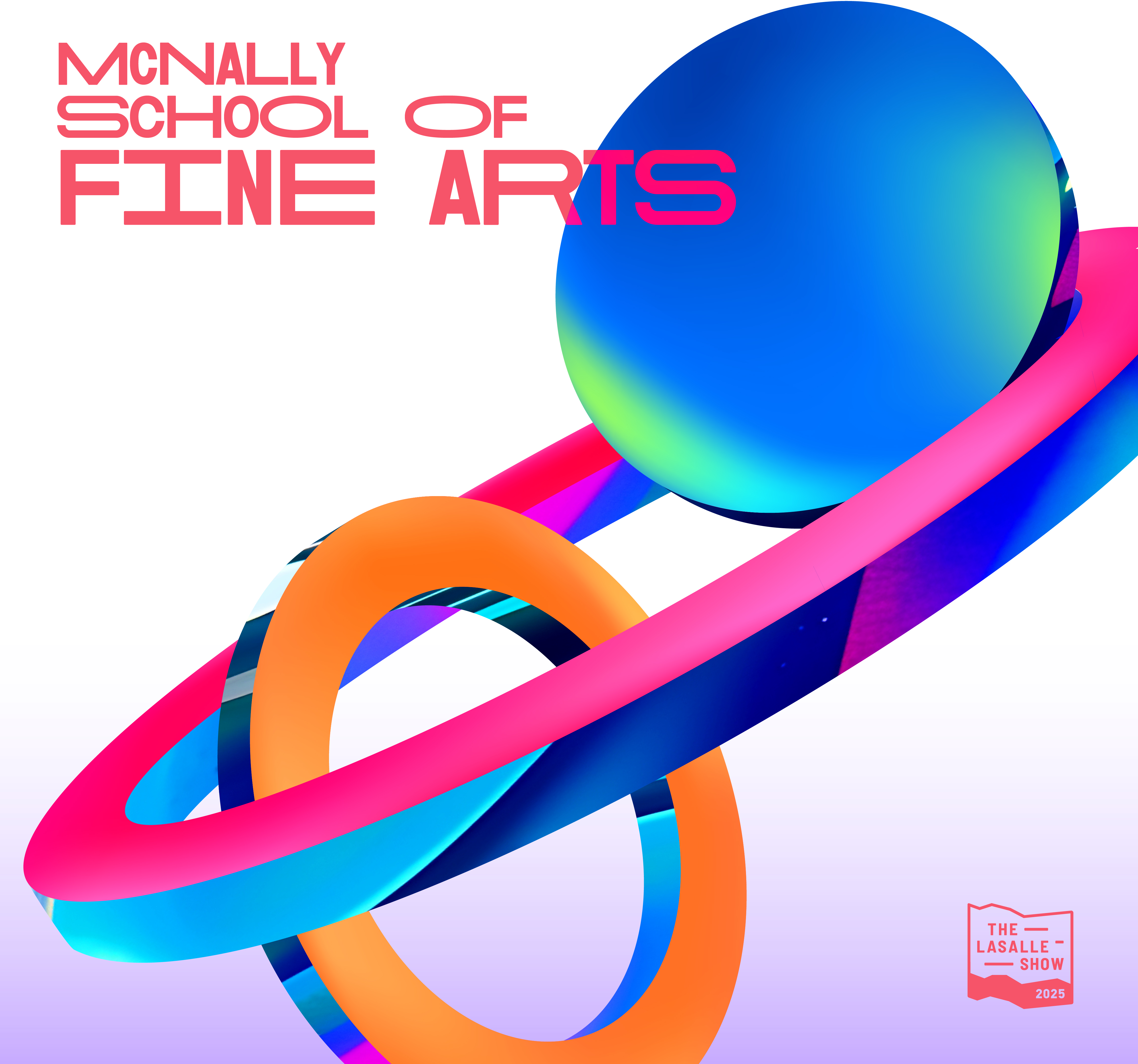Materialisation, enchantment and imagination: Lacquer as a contemporary art method in Vietnam
This thesis repositions Vietnamese lacquer as a conceptual and critically engaged medium, tracing its transformation from craft and modern painting to a site of contemporary inquiry. Focusing on early 21st century works by Lê Thừa Tiến and Phi Phi Oanh, it argues that lacquer has been reimagined not merely as a technique but as a method of thinking—where sensory appeal, process and meaning co-emerge through the material’s physical, historical and symbolic dimensions.
While Lê Thừa Tiến turns to sơn mài as a meditative ground for spiritual orientation and embodied perception, Phi Phi Oanh harnesses its allure and cultural authority to explore the textures of everyday life. Their materially grounded yet divergent approaches exemplify how lacquer can support reflective, participatory and culturally situated modes of engagement—echoing broader Southeast Asian strategies that rework local materials, traditions and aesthetics to construct contemporary vocabularies.
Addressing the omission of lacquer in early contemporary art discourse in Vietnam, the thesis situates its delayed emergence around 2006–2007 within a context of academic orthodoxy, institutional legacy and elite connoisseurship. It argues that lacquer’s recent turn was the outcome of evolving inquiry shaped by its long entanglement with artistic, cultural and ideological histories, starting with its institutionalisation at the École des Beaux-Arts de l’Indochine. Rather than a return to tradition, contemporary lacquer reconfigures it—offering a multivalent language attuned to the personal, ethical and social conditions of the present.





